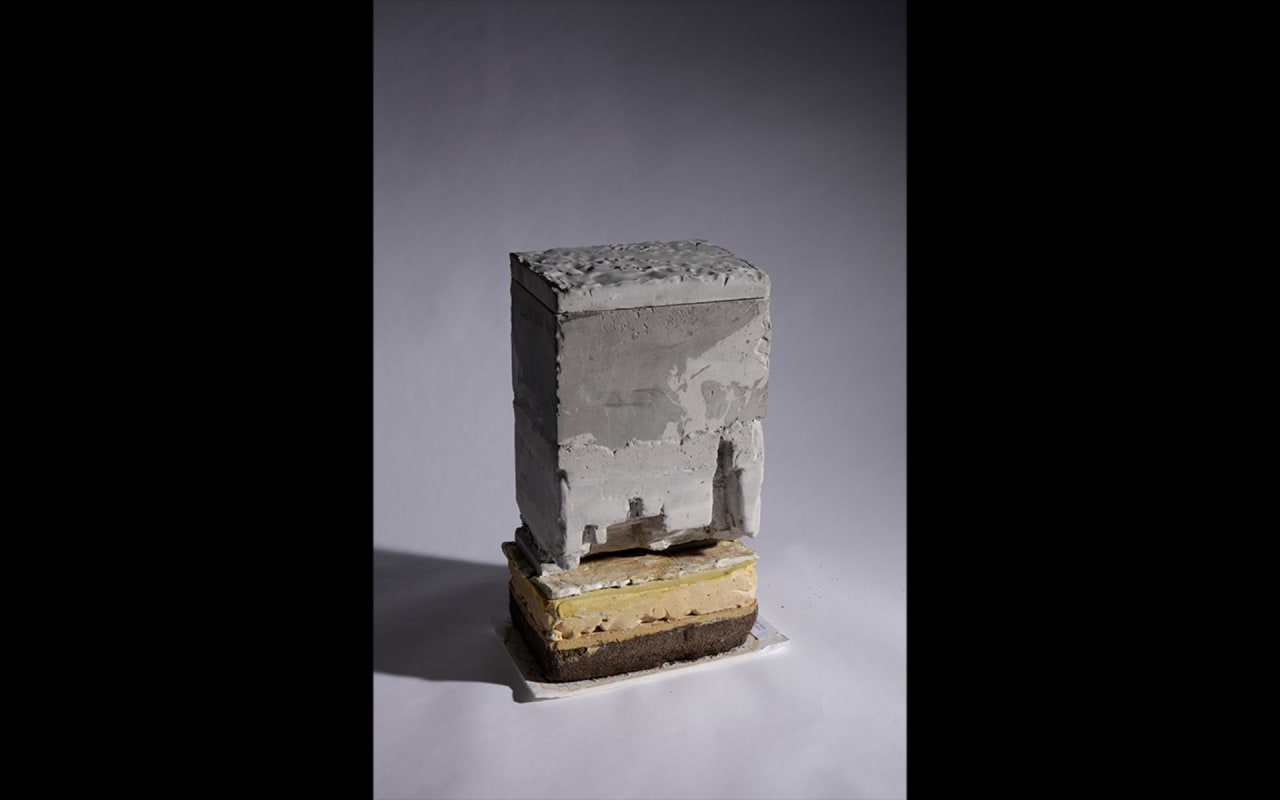This project presents an interactive online interface as a response to the case of internal colonisation of Galicia in Spain, investigating several interventions built during Franco's dictatorship on the Galician side of the river Limia, and their social, political and environmental implications on ecologies and communities in the present.
The Lindoso Dam will serve as the case study for the project, as it was built between the Spanish and Portuguese border in the 1990s. Although built during an apparent young democracy, it materialises as the stratification of the logic inherent in the colonial system as it was born under dictatorial laws in the 60s, through a transnational alliance formed between Portugal’s Salazar and Spain’s Franco. The concept of internal colony visualises a population that, despite being framed within the central region of the capitalist system, is a victim of models of exploitation typical of colonies. Including the control of administrative, juridic and legislative powers, but most importantly, the process of cultural alienation.
The Galician territory has been used as a resource of extraction by Spain over the centuries while controlled by foreign capital, which led to the inexistence of Galician people in power. The construction of the Dam triggered further abuse in the landscape, as it made locals abandon the area, the democratic government allowed the foreign cattle industry to openly pollute these reservoirs, making it impossible for any ecosystem to thrive. Ancient dynamics of collective ownership of the forest were raided by the regime and perpetuated by the democratic government in the name of progress and capitalism.
Through the interface, the user can access the ruins of what was one day and the collective and individual memories of the landscape. In response to the resistance to this policy-making, the interface offers geographic information such as technical and rigorous analysis of the dam mechanism, attempting to decentralise and grant agency back over these life-changing artefacts. The set of interactions is designed to enhance the agency of the user over the landscape, by revealing how these interior spaces look and function, power is redistributed. Glitches are allowed to exist as human and water behaviour coexist within the first-person character.






























